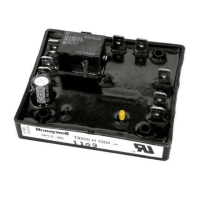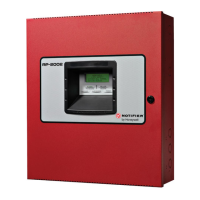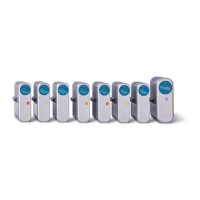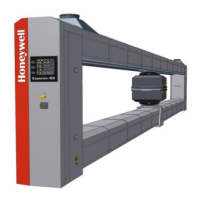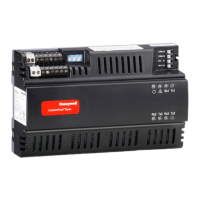2. J.
(3) Antenna Background Information
(a)
(b)
There are two basic types of receiving antennas: E-field
(electric field) and H-field (magnetic field). Examples of
E-field antennas include long wire, probe and blade; these
antennas respond to the electric-field component of a radio
signal. Such antennas, at OMEGA frequencies, can provide
omnidirectional coverage and exhibit good sensitivity.
Unfortunately, E-field antennas are also inherently sensitive to
the high electric-fieldsassociated with precipitation-static
(P-static). An aircraft flying through clouds containing ice
crystals or other precipitation particles can become highly
charged as the result of triboelectric (“frictional”) charging.
(Triboelectriccharging occurs whenever two dissimilar materials
are placed in contact and then separated.) The ice crystals
generally acquire a positive charge, leaving the aircraft with a
negative charge.
Corona discharge from some portion of the
aircraft then occurs whenever the dc field exceeds a threshold
value; each corona discharge pulse results in static.
Loop antennas, if properly shielded and balanced, are sensitive
only to the magnetic field component (H-field) of an
electromagnetic signal. Loop antennas are therefore less
susceptible to the electrostatic fields associated with P-static
phenomena. Loop antennas have a directivity pattern, with nulls
occurring along the loop axis.
To avoid this null, a second
loop is used at right angles to the first. This configuration is
the familiar “crossed-loopantenna”. Some selection system
(switching network) must then be used so the appropriate loop
may (for each OMEGA station at different bearing angles) be
sequentially employed throughout the OMEGA transmission
sequence.
Loop antennas are susceptible to magnetic field
components produced by the aircraft’s electrical equipment.
Strong current impulses produced by engine driven generators,
switch closures, relay contacts,
transformer saturation effects,
etc., can generate magnetic fields with frequency components
extending into the OMEGA band. These fields are usually fairly
localized.
NOTE: Some airframe manufacturers don’t recommend the
installation of H-field antennas.
(c) Finding the best location for installation of theACU is of
paramount importance.
The best location for an ACU will vary
between aircraft types and has a high probability of varying
between differing configurations of any individual aircraft
type. The most acceptable means of determining the best
location for the ACU is to skin map the aircraft.
Skin mapping is selected frequency spectrum survey of practical
antenna locations on an aircraft. By skin mapping, the
installer determines, over the Omega band, the best location on
an aircraft for the installation of ferrite loop ACU.
22-14-00
Page 18.3
Apr 15/93
Use or disclosure of information on this page issubject to the restrictions on the title page of this document.

